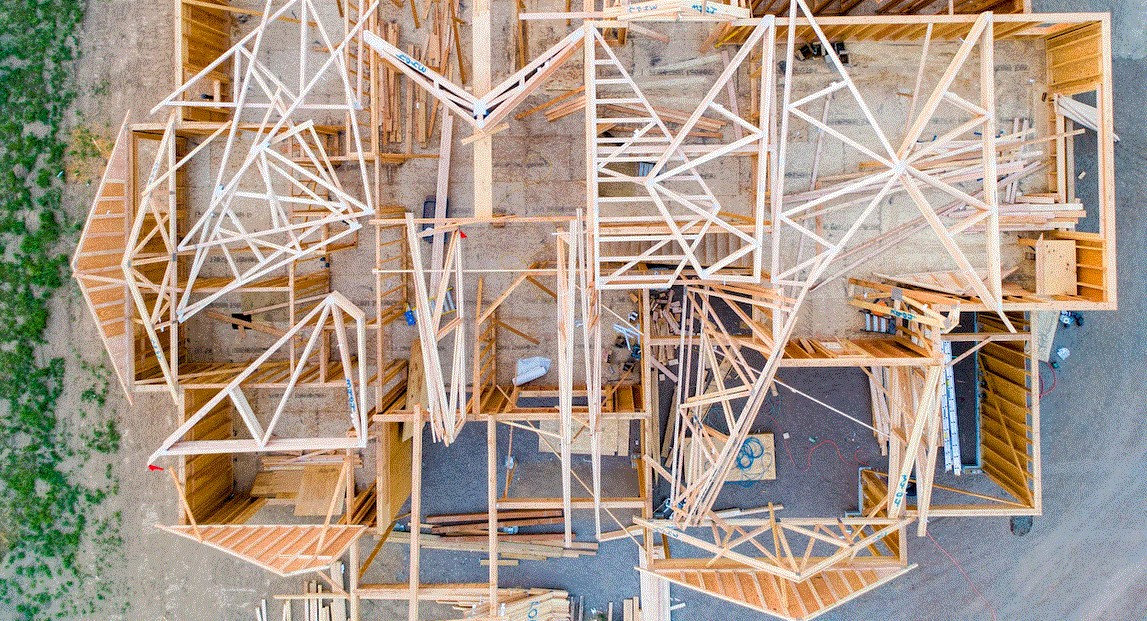PHILADELPHIA - Depending on where you live, the cost of home building will vary. A small, simple house can be built for a low cost, while a large home with architectural flourishes will cost more. Choosing the right type of home will also affect the cost of construction.
Cost of home construction
The rising construction costs in the United States are putting pressure on the housing market. Rising costs are slowing sales of off-plan new homes and boosting the resale and key-ready homes market. However, the rise in construction costs has come at the wrong time for the housing shortage in the country. The solution to this problem lies in a strong supply of new homes. The future of construction costs depends on two main factors: the ability of production and transportation systems to produce and transport enough houses.
Home construction costs are likely to rise even more in the coming years. Interest rates are expected to rise this year and into 2023, hurting contractors and suppliers. Home builders and suppliers are already seeing the costs of materials increase. Rising interest rates may cause construction delays and material scarcity.
Construction costs will remain high for the next two years but decline. The rate of increase will moderate to 3%-5% per year by 2023. Consumers should expect to pay more during this period, but they should expect to negotiate prices once the first 30 days of construction are over.
The cost of land also adds to the cost of home construction. The average cost for land is about $90,000 for 22,000 square feet. This equates to about half an acre. But keep in mind that land can be contaminated, have high zoning fees, or be subject to natural disasters. Choosing the wrong plot of land can add thousands to your construction costs.
Home construction costs also vary by location. The Census Bureau divides the U.S. into four regions. It breaks down the median contract price for each region by multiplying the average size of a newly-constructed home (2,322 square feet). If you live in an area with high construction costs, you may want to use a website that helps you find contractors and builders.
Homebuilder confidence dropped in July, and the National Association of Home Builders reported a drop. This may be due to lower lumber prices and high rents. As a result, some companies are stockpiling materials to protect themselves against future price increases. Other companies are reducing prices on features or cutting other aspects to reduce costs. Industry experts are warning consumers to prepare for higher home construction costs.
Cost of home construction in 2023
Home construction costs are likely to increase, but this increase will be temporary. Construction costs will be higher for about two years before easing and settling into a more normal pace of three to five percent per year. In the meantime, the demand for homes and apartments should remain robust, which is good news for homeowners.
The rise in construction costs will likely be due in part to the rise in interest rates. The rate hikes are necessary to curb rapid inflation, but they will also hurt the budgets of contractors, suppliers, and home builders. The 2023 Guide to Construction Costs provides the most accurate data, including the average cost per square foot for hundreds of real-world projects. The most up-to-date data on materials and labor are also included, as well as a year-by-year inflation rate for the last 50 years.
While the housing market is expected to remain resilient, recent transport problems and a spike in electronic commerce will drive up material costs and ultimately pass them on to consumers. The rapid increase in construction costs will make affordability a concern for home buyers and developers. This trend is problematic because estimates are not necessarily correct once the project begins, and developers have limited time to adjust their pricing.
Home prices in the US are set to decrease in 2023, but the price will remain relatively high for the next few years. This is because construction has increased in recent years, but the supply of homes is still far behind demand. If demand decreases, prices will likely rise, and construction will slow even further.
The cost of land is another major component of home construction. A typical plot of land costs approximately $90,000, equivalent to about half an acre. The cost of an unfinished plot of land could increase to as much as $150,000. It is also important to remember that a bigger house means more materials and labor.
Costs for home construction vary by region. Business Insider says the construction industry needs approximately two million more workers annually. That means that 61,000 new workers are needed each month to meet the demand for construction. This will drive up prices since competition will become a major factor.




